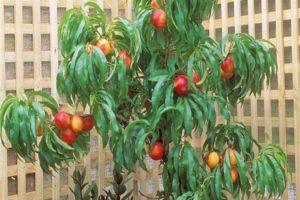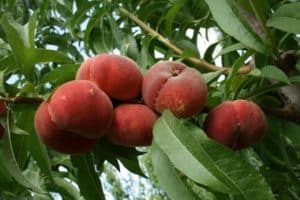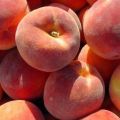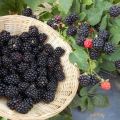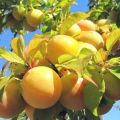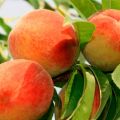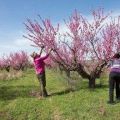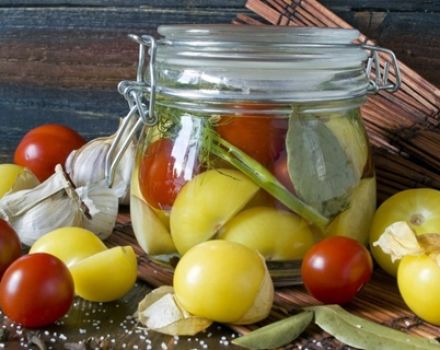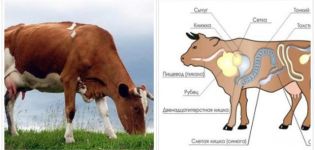Description and characteristics of varieties and types of peaches, selection rules for regions
Eyes diverge before the abundance of peach species. Breeders develop varieties for all possible regions. The technical characteristics of the culture are constantly being improved. But how, among the variety, can you choose the variety that will consistently bear fruit? And how to solve the pollination issue, given that in most cases the peach is not a self-fertile plant?
Before buying a tree, you should familiarize yourself with the technical characteristics of the culture and correlate them with the climatic features of the region.
Varieties for various regions of Russia
The climate of Russia is heterogeneous. And breeders take this into account: they create popular varieties for each region. The new species has been tested for several years and only after that it goes on sale.
Southern regions
The Krasnodar Territory has an ideal climate for growing peaches. But when choosing species, it is recommended to take into account the characteristics of the soil and the occurrence of groundwater. The tree will bear fruit intensively on structurally fertile soil. Chalk, sandy, loamy soils require domestication.
In places with a high groundwater table, the tree's root system will get wet. This will lead to the death of the plant.
The region's gardeners successfully grow peach species on clonal (peach) rootstocks. Vladimir, Saturn, Novy, Stepnaya Turnip have proven themselves very well. These are cultivated varieties, they are not found in the wild.
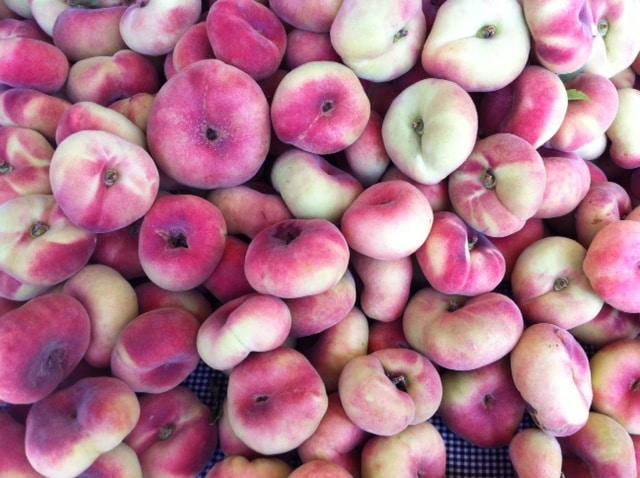
For the middle lane
When choosing a peach variety for planting in the middle lane, in addition to taking into account the structure of the soil and the depth of groundwater, you should pay attention to the winter hardiness of the plant. In cold winters, the shoots and roots must remain healthy.
The warm period in the region is short, therefore, for successful fruiting, it is recommended to choose species with an early or medium-early ripening period.
In the middle lane, recurrent frosts are frequent. They damage fruit buds and ovaries. Therefore, it is recommended to choose late flowering plants.In the region, gardeners are successfully growing Cardinal, Kiev early, Kremlin, Collins.

Ural
The climate of the Urals is characterized by short hot summers and long cold winters. Trees suffer from harsh north-east and north winds. For cultivation in the region, only zoned seedlings should be purchased.
These varieties have an indicator called high winter resistance. Such plants can easily withstand up to -32 degrees, and the buds - up to -8. They bear fruit well: Red Maiden, Golden Moscow, Flamingo, Fairy Tale. Resistant to spring frosts: Veteran, G. Lebedev, Valiant.
For Siberia
In Siberia, it is recommended to plant highly winter-resistant peach species. They are buried at 45 degrees and covered for the winter. The plant is grown in bush form.
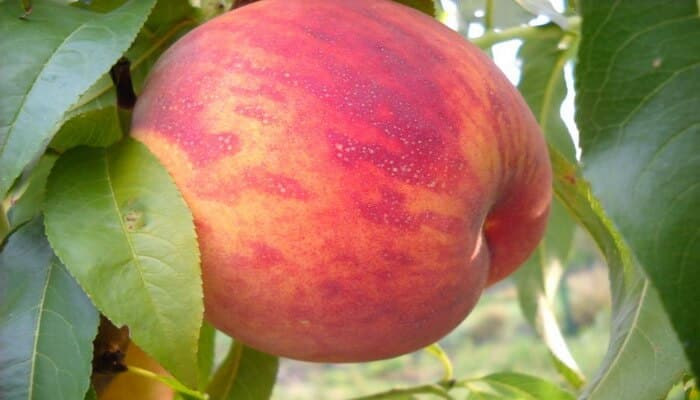
They bear fruit well: Siberian, Red Maiden, Golden Moscow, Flamingo, Fairy Tale. If it is impossible to get a zoned variety, it is recommended to grow a peach from a stone. Such a plant will be zoned. But the size of the fruit will differ from the cultivar.
Northwestern District
In the Northwestern District, summers are cool, but with plenty of light. The winter is also cold with piercing winds. But the cold is softened by winds from the warm Atlantic.Peaches bloom when there are still few pollinating insects. Therefore, it is recommended to choose self-fertile species.
In the region, peaches of early ripening with high winter hardiness bear fruit. These include: Collins, Cardinal, Golden Moscow.

Volga region
Some agronomists consider the region ideal for growing peaches due to climatic conditions. The problems of the region are periodic droughts and dry winds. In the Volga region, they bear fruit well: Memory of Semerenko, Golden Jubilee, Elbert, Greensboro.
Crimean
In Crimea, peach orchards are a long-standing tradition. But plantings are sometimes damaged by recurrent spring frosts. Growing in the region: Red-cheeked, Soviet, Cardinal, Golden Jubilee, G. Lebedev.
North Caucasian
About 500 types of peaches have been tested in the region. Currently, more than 20 are constantly grown. The most famous: Stanichnik, Prometheus of Stavropol, Stavropol pink, Fluffy early, Stavropol red.
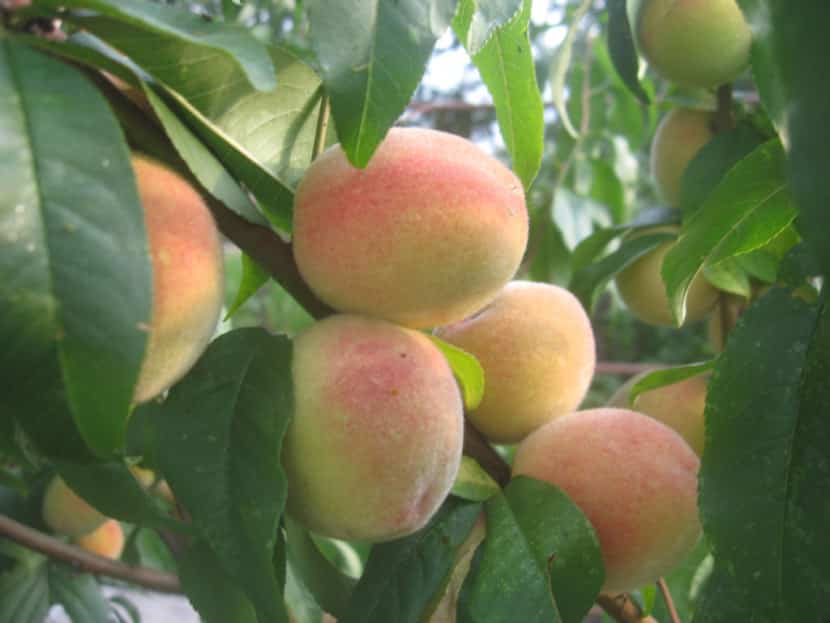
Far Eastern
In the Far East, gardeners grow peaches brought from China. Their frost resistance is up to -45 degrees. Some summer residents grow peaches from stone and get decent harvests.
Classification of species by maturity
Depending on the ripening time of the peaches:
- bears fruit in mid-summer: July-August (early);
- yield in late summer - early autumn: August-September (average);
- delight with fruit in the fall: in September-October (late).
But only in regions with mild winters and a long warm period is it possible to create a peach conveyor: to grow plants of all ripening periods one by one.

Mid-season varieties
The average ripening period allows the fruits to properly gain sugar content and aroma. The varieties give fruit of universal use.
High winter hardiness of trees, transportability without loss of marketability and excellent productivity are attractive.
Redhaven
Some gardeners consider this peach to be the ideal. Plant characteristic:
- taste rating 4.9 out of 5 points;
- fruit weight up to 200 g;
- the bone is separated;
- the pulp has raspberry streaks;
- height up to 5 m;
- begins to bear fruit in the 4th year;
- winter hardiness up to -25 degrees;
- the yield increases with age: the maximum (up to 110 kg) will be in the 11th year.
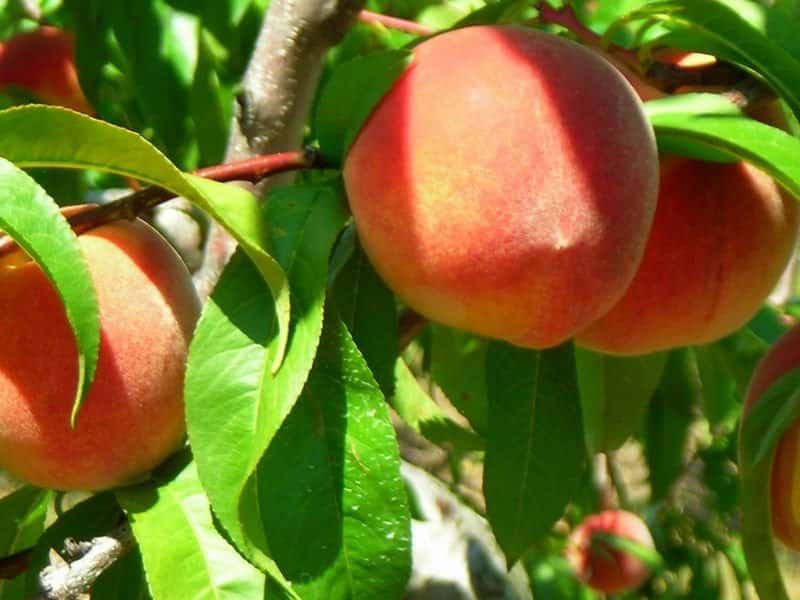
Planting pollinators is recommended to increase yields.
Golden anniversary
A product of American breeders. Plant characteristic:
- yield up to 40 kg per tree;
- fruiting begins 4 years after planting;
- the pulp is yellow, aromatic;
- average density;
- the bone is small;
- separates easily;
- the taste of the pulp is sweet with sourness and slight bitterness;
- winter hardiness up to -25 degrees.
The plant is rarely damaged by diseases.
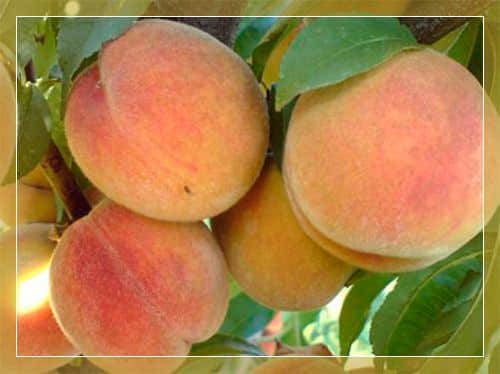
Stavropol pink
The variety was obtained by Stavropol breeders. Distinctive features:
- yield up to 40 kg per plant;
- self-fertile;
- the pulp is juicy, fibrous, white;
- the taste is sweet and sour;
- the bone is partially separated.
The fruits are especially tasty in compotes and jam.
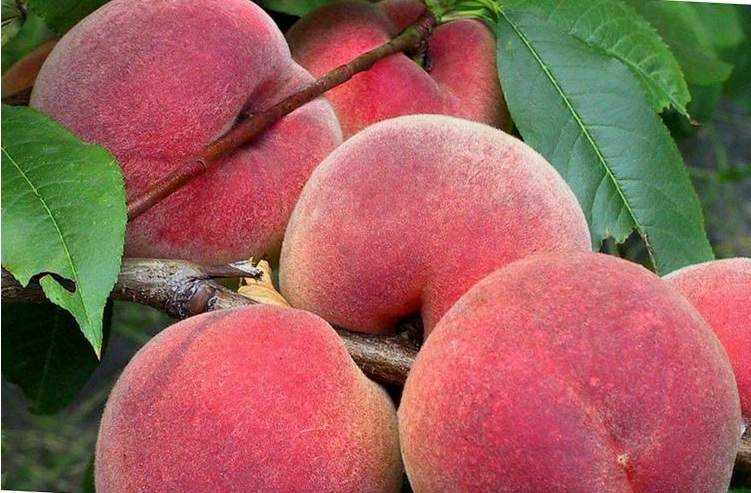
Fig peach
This peach looks like a fig. The pubescence is weak, the shape is flattened. It was bred artificially, does not grow in the wild. It bears excellent fruit in the southern regions.
Fig peach happens: Vladimir, Saturn, Nikitsky, Belmondo.
Veteran
This is an old kind of peach. Characteristic:
- drought resistance is excellent;
- frost resistance up to -22 degrees;
- height 4 m;
- spreading crown;
- self-fertile variety;
- fruiting after 4 years of life in the garden;
- yield 50 kg per tree.

Veteran's main value is stable fruiting.
Hryvnia
It's a hybrid. Characteristic:
- early maturity: bears fruit 2 years after planting;
- fruits are tender, fragrant;
- frost resistance up to -27 degrees.
The plant attracts with the evenness of fruits weighing 80 g.
Ruby Prince
A product of American breeders. Features:
- beautiful raspberry color;
- partial separation of the bone;
- winter hardiness up to -23 degrees;
- fruit weight up to 300 g.
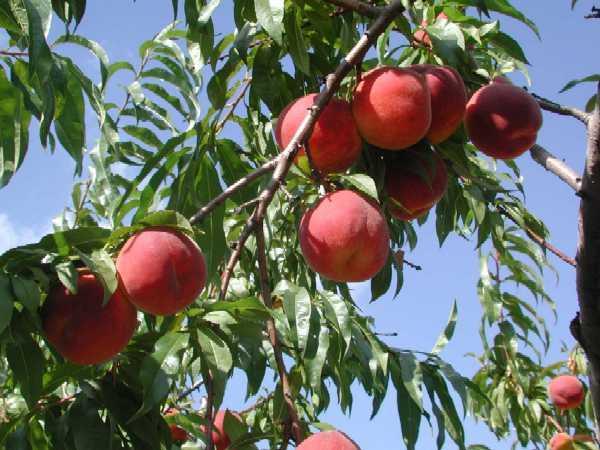
The excellent transportability of fruits is attractive without loss of marketability.
Donskoy
This peach has a high frost resistance - up to -40 degrees Celsius. Characteristic:
- drought-resistant;
- yield up to 10 buckets from one tree;
- resistance to leaf curl.
The fruits are leveled (weight 90 g), the taste is pleasant. The bone is easily detached.
Kremlin peach
Product of Crimean breeders:
- the tree grows up to 10 m;
- fruits weighing up to 200 g;
- aromatic pulp;
- the taste is sweet and sour;
- with prolonged droughts, it needs watering.

Withstands frosts down to -25 degrees.
Cardinal
A product of American breeders. Distinctive features:
- height up to 2.5 m;
- self-fertile;
- fruit taste is pleasant, sweet;
- leveled fruits;
- weight up to 150 g;
- yield up to 40 kg per tree.
Winter hardiness up to -22 degrees Celsius.
Golden Moscow
The product of the Crimean breeders. Plant characteristic:
- height up to 3.5 m;
- pubescent fruits;
- the pulp is juicy;
- the skin is dense, easy to clean;
- the taste is sweet and sour;
- frost resistance up to -28 degrees.
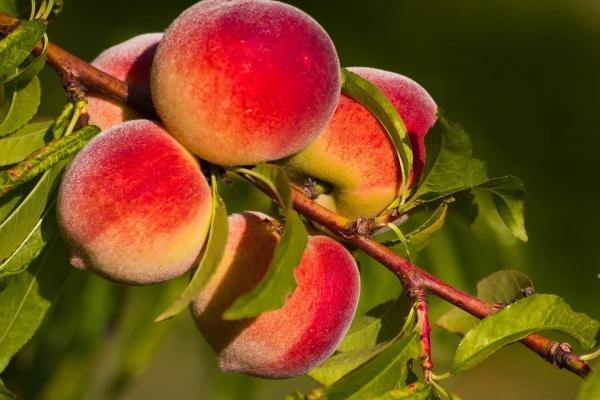
The fruits have a universal purpose.
Siberian
The yield increases with the age of the tree. At 10 years old, it gives up to 50-60 kg. The plant is highly frost resistant. The wood is practically not damaged by frost. The fruits are fragrant, juicy, dense. Peach can be grown in almost any region.
Late-ripening varieties
Late varieties are recommended to be planted in regions with a long warm period. In other areas, the fruits will not have time to ripen.
Fury
The variety produces the largest fruits. The mass of one fruit reaches 450 g. Characteristics:
- winter hardiness up to -28 degrees;
- self-fertile;
- taste rating 4.9 out of 5 points;
- the bone is completely separated;
- the plant is resistant to curliness.
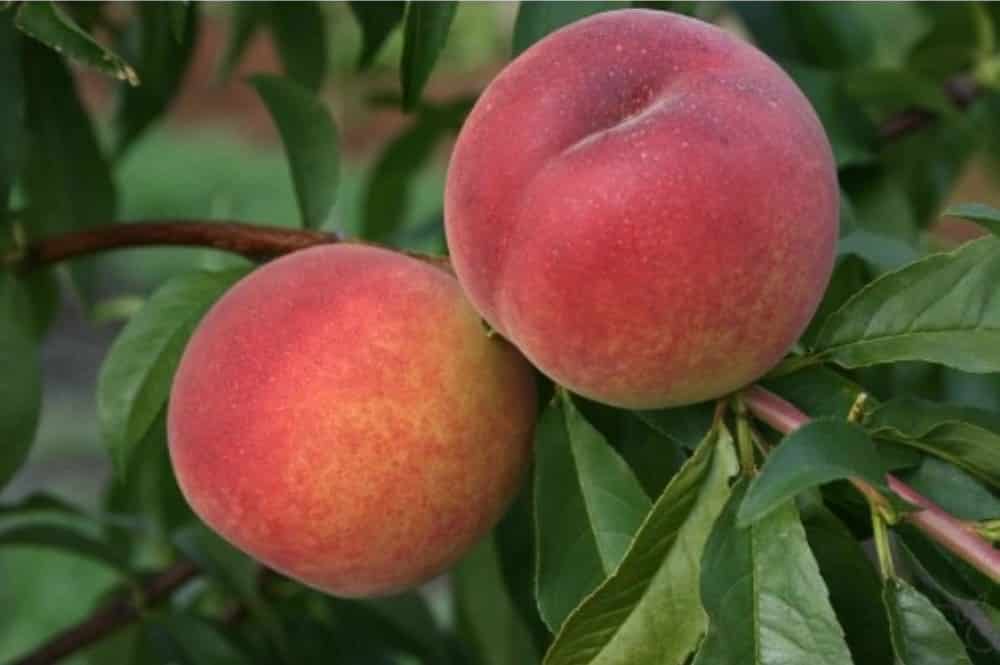
This is a promising peach species.
Frost
Product of American Breeders:
- frost resistance up to -26 degrees;
- height up to 3 m;
- fruit weight up to 200 g;
- fruit pulp is yellow, juicy;
- the bone is completely detached.
The advantage is a consistently high yield. The fruits have a universal purpose.
Jaminat
Product of a Dagestan breeder. Plant characteristic:
- height up to 3 m;
- fruits weighing up to 160 g;
- pubescence is light;
- the pulp is yellow, juicy;
- the taste is sweet and sour, refreshing.

The variety gives a consistently high yield (up to 190 kg / ha).
Elbert
The variety has delicious sweet fruits with a bitter taste. Their weight is up to 150 g. But the variety is not hardy. And it cannot boast of disease resistance. Its value is in obtaining table peaches.
Irganai late
Received in Dagestan. Height up to 4 m. Fruits are sweet with sourness, juicy.The bone is completely detached. Fruits for universal use.
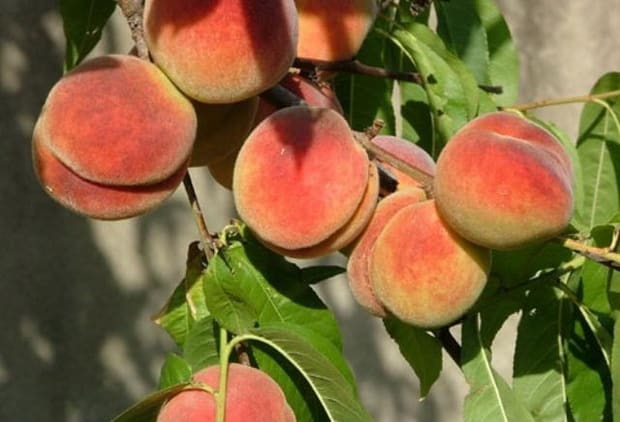
Early ripe
As a rule, early varieties are early maturing. They give a harvest 2 years after planting. Productivity increases with the age of the trees.
Fluffy early
The fruit has a highly pubescent skin. Plant characteristic:
- height up to 3 m;
- spreading crown;
- the bone is not separated;
- the pulp is juicy, aromatic;
- self-fertile variety.
The value of the peach is early fruit for fresh consumption.

Dagestan gold
Obtained in Dagestan as a result of free pollination. Distinctive features:
- tree size up to 3 m;
- the crown is spreading, round;
- fruits weigh up to 150 g;
- the taste is delicate, harmonious;
- pubescence is weak.
The value of the variety is the early fruits of universal use.
Greensboro
Bred by American breeders. Distinctive features:
- self-fertility;
- early maturity (yields a harvest 2 years after planting);
- the pulp is white, juicy;
- the taste is excellent (rating 4.6 out of 5 points);
- impossibility of transportation without loss of marketability.
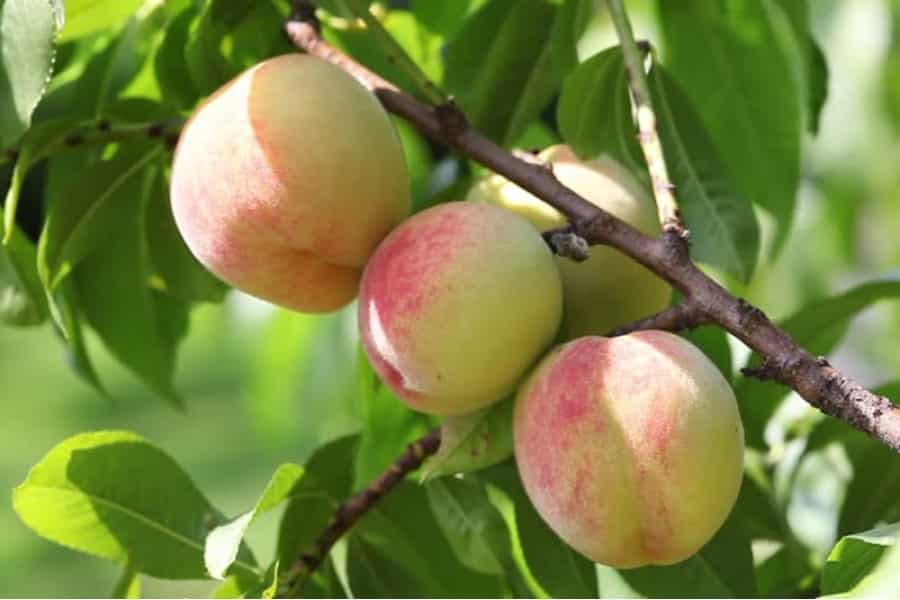
Productivity in 10 years - up to 60 kg per tree.
White Swan
Received by Crimean breeders. Distinctive features:
- unpretentiousness;
- excellent taste;
- white color of the skin and pulp;
- self-fertility;
- early maturity;
- yield up to 60 kg per tree.
The tree bears large fruits: up to 200 g.
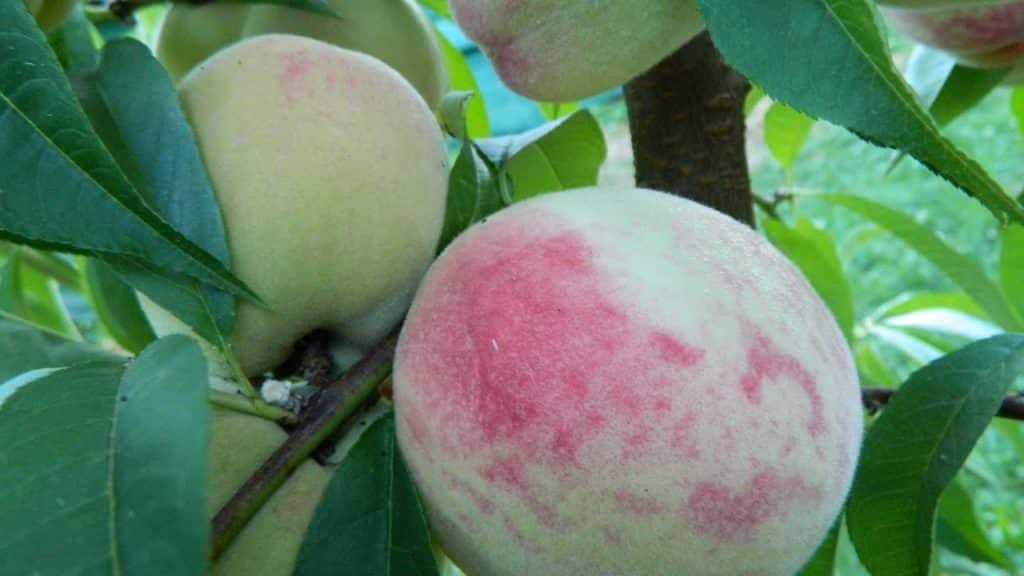
Favorite of Morettini
The variety is fast-growing and self-fertile. Productivity up to 50 kg per plant. The pulp has an excellent dessert taste, juicy, sweet. Favorite's value is resistance to fruit shedding after ripening.
Kiev early
Industrial grade. The tree grows up to 5 m. The variety is early-growing: the first harvest gives in 2 years. The fruits are lined, tasty, juicy. Weight up to 90 g. Productivity up to 60 kg of fruit from one tree.
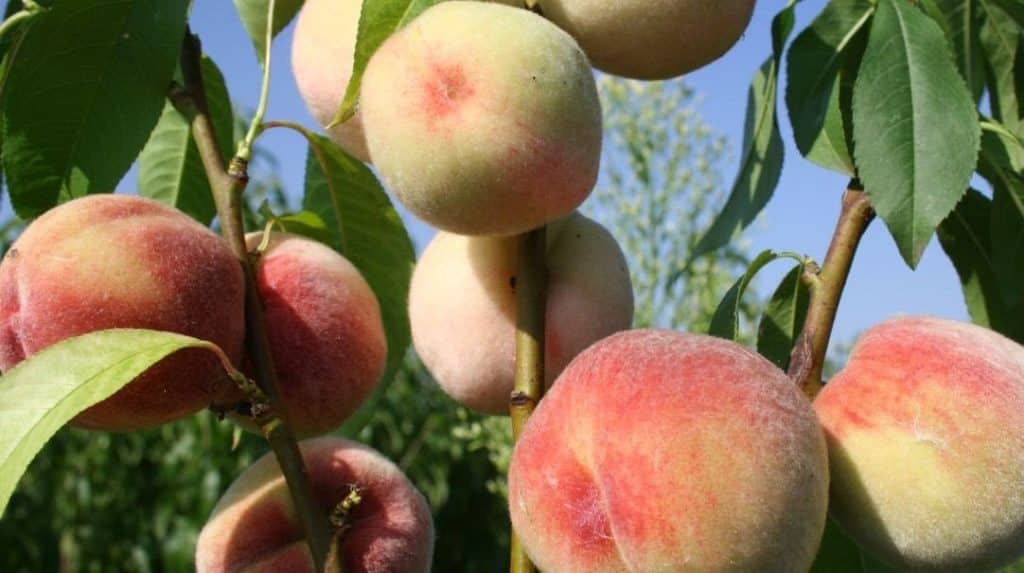
Frost-resistant
When grown in regions with harsh long winters, it is recommended to choose winter-hardy varieties when selecting seedlings.
Vavilovsky
Bred in the Nikitsky Botanical Garden. Variety value:
- resistance to powdery mildew and curl;
- excellent sweet taste of the fruit;
- dessert purpose of fruits;
- consistently high yield.
The trees have a slightly spreading crown up to 5 m high.

Fluffy early
The fruit has a highly pubescent skin. Plant characteristic:
- height up to 3 m;
- spreading crown;
- the bone is not separated;
- the pulp is juicy, aromatic;
- self-fertile variety.
The value of the peach is early fruit for fresh consumption.
Juicy
A variety with fruits for table purposes. Known since 1947. Provides consistently high yields. But disease resistance is low.
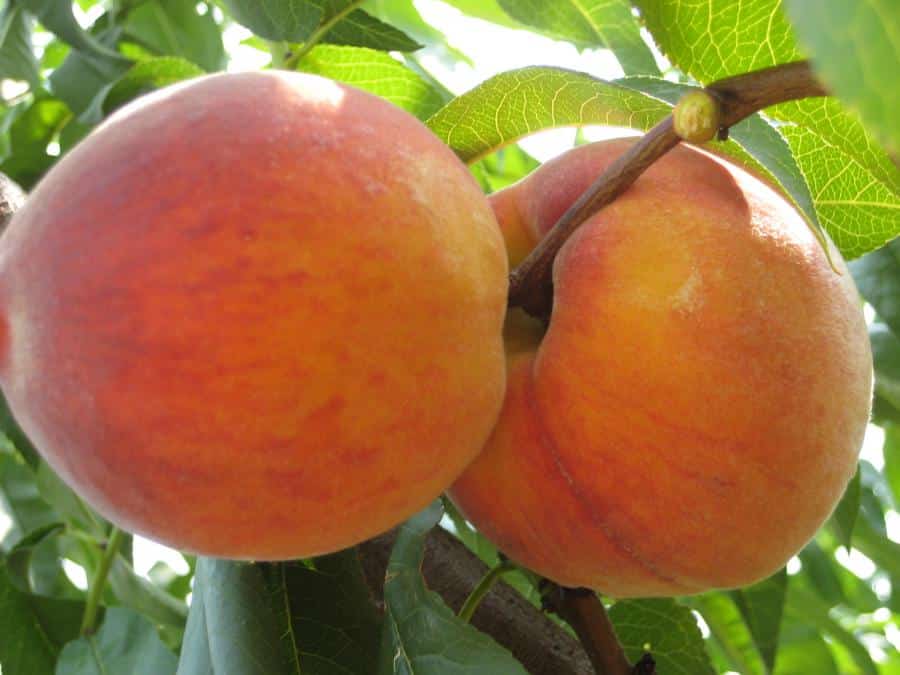
Winter hardy
A productive variety with high frost resistance. The plant can be grown as a bush form. Fruits up to 120 g, tasty, juicy, aromatic. The plant overloads itself with fruits: normalization is required.
Self-fertile peaches
Peach is a crop that requires the presence of a pollinator in the garden. But some varieties are capable of pollinating themselves on their own. It is required to take into account that in self-fertile plants, a pollinator placed nearby increases fruiting by 25-30%.
Inca
The variety was obtained in Poland by free pollination. Specifications:
- grows above 5 m;
- excellent frost resistance (up to -25);
- almost does not get sick;
- dessert fruits, juicy;
- oily pulp;
- the bone is completely detached.
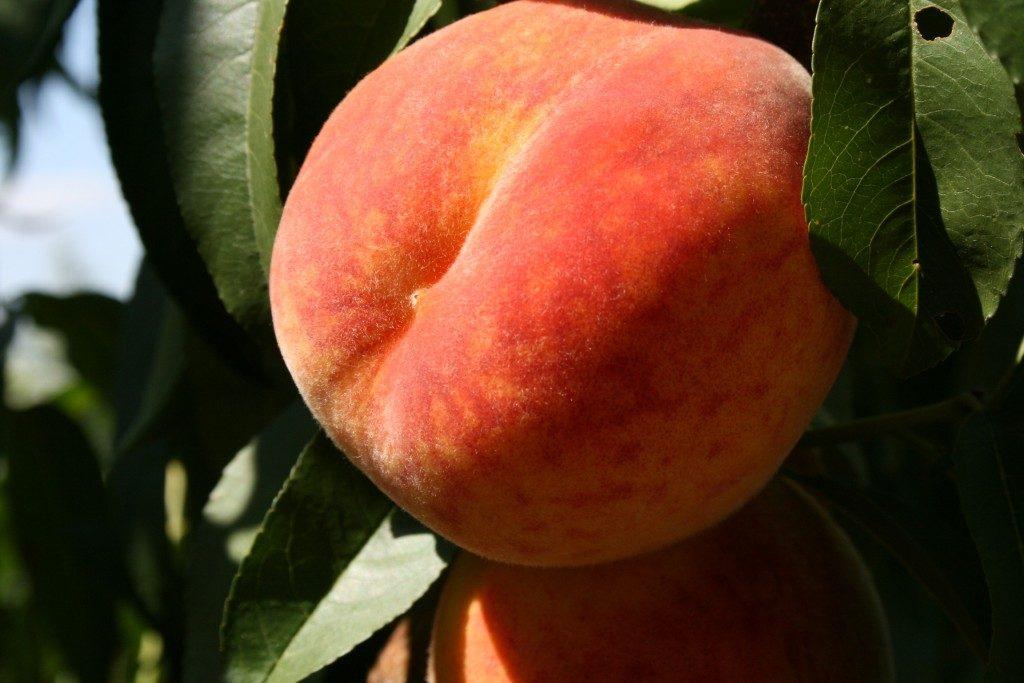
The fruits are very attractive: they are pink, pubescent.
Volcano
Bred by Canadian breeders. The advantages of the variety:
- fruits of excellent dessert taste;
- fruits carry long distance transportation;
- fruits can be frozen;
- the variety gives stable yields.
The plant is not affected by curliness.
Harnas
A product of Canadian breeders. The advantages of the variety:
- high productivity;
- early maturity;
- excellent dessert taste of fruits;
- fruits weighing up to 140 g;
- the bone is not completely separated.
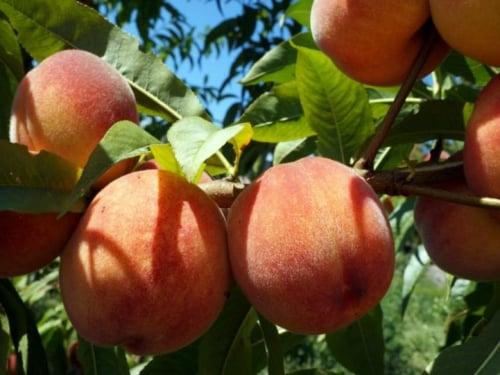
When planting, it should be borne in mind that the plant has a large habit.
Boxer
A product of folk selection.Tests have not passed, not zoned in any region. Distinctive feature: fruits weighing up to 1.3 kg. But there are very few of them on the tree.
Large-fruited peach varieties
Gardeners dream of planting a tree with large fruits. But in order to successfully obtain regular harvests, it is recommended to take into account additional characteristics:
- resistance to diseases and pests;
- early maturity;
- self-fertility;
- frost resistance;
- plant habit.
It may not be possible to find a tree with all the parameters for a given region. Then it is recommended to prefer a plant with medium fruits, but giving stable yields in a given climate.
New promising varieties
Breeders are constantly improving existing varieties of peach trees. The complex characteristic changes. Frost resistance and drought resistance, immunity to diseases increase.
But how do you find the most suitable peach for a given garden? Summer residents appreciated the new varieties of 2018. Excellent marks were given to: Earley, Harnas, Suncrest, Harco, Harrow Diamond, Harbiner.
